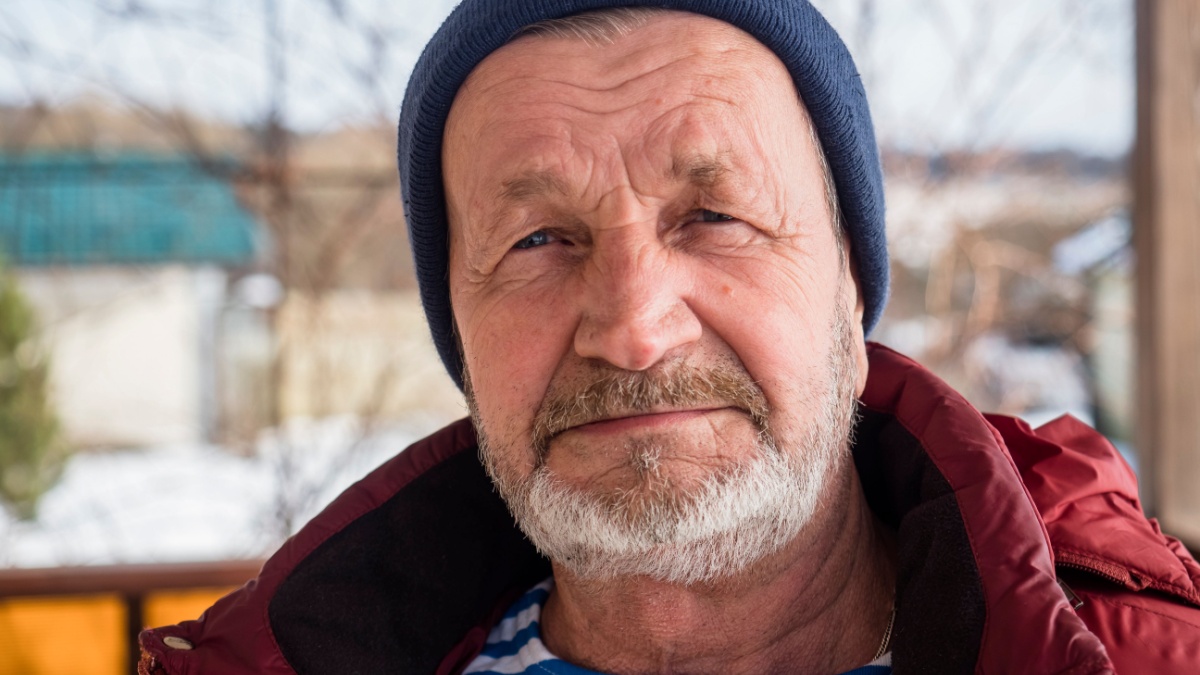The term “affordable living” is often tossed around in conversations about housing, but for many lower-income Americans, it feels more like a distant dream than a reality. Here are six reasons why the concept of affordable living is becoming increasingly challenging, and why it’s important to address these issues together.
Rent Is Becoming Obscenely Expensive
Many people are shocked to discover just how high rent can be, especially in urban areas. According to the National Low Income Housing Coalition, a minimum-wage worker would need to work over 97 hours a week to afford a modest one-bedroom apartment. That’s unrealistic for most people—and should certainly not be the case anyway; there’s no way to make rent in some places without sacrificing other essentials.
The Government Doesn’t Know What Affordable Means
The government defines affordable housing as costing no more than 30% of a household’s income. Unfortunately, in many places, people are spending 50% or more of their income on rent. This leaves little room for other necessary expenses and forces families to make tough decisions about how and where to spend their money. That 20% difference is enormous, especially considering how big the living expense slice of pie is in someone’s budget. It’s time to end the archaic definition of “affordable” when the people defining it aren’t even remotely experiencing the same struggle.
Shocking Utility Costs
Just when you think you have your rent under control, utility bills can hit hard. With rising energy prices, many families find themselves overwhelmed by electricity and heating costs. It’s a struggle to balance keeping the lights on while also making sure there’s enough left for food on the table. There’s only so much you can do with weatherstripping and turning down the thermostat before you wonder why you’re bothering to pay for heat at all with all the extra work.
The Steady, Steep Climb of Groceries
Groceries prices have gone from bad to worse over the years, and they continue to climb ever higher. Families have no choice but to rethink their budgets and meal planning; gone are the days of even some of the most basic pleasures, and it’s harder than ever for lower-income Americans to maintain a healthy diet.
The Financial Pickle Left by the Pandemic
The COVID-19 pandemic has created additional financial challenges for many lower-income families. While government relief programs provided some temporary assistance, the long-term effects have left many struggling to regain stability. Some people are still dealing with the shockwaves caused by sudden job loss, a major fluctuation in income, or the threat of losing their homes because of lifting eviction moratoriums.
The Strain on the Collective Mental Health
Living paycheck to paycheck is a financial strain and taxing for a person’s mental health. Constantly worrying about housing stability and scrounging up enough for other essentials can lead to anxiety and depression. It’s a vicious cycle, too, because people are less effective when they’re struggling with mental health, leading to a decline in energy and overall quality of life.
Read More:
- 9 Top Games That Pay Real Cash | Apps That Can Pay Real Money
- 12 Best Cash Back Apps To Earn Rewards in 2025
- How To Get Free Baby Stuff: Free Baby Samples & More

